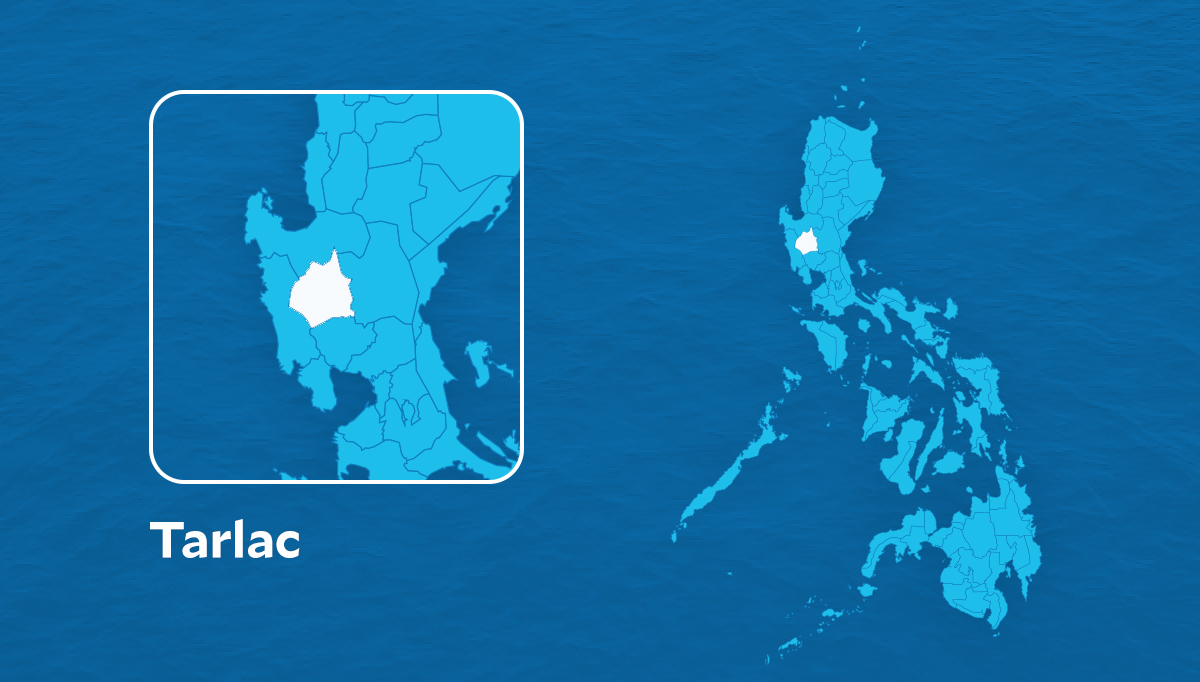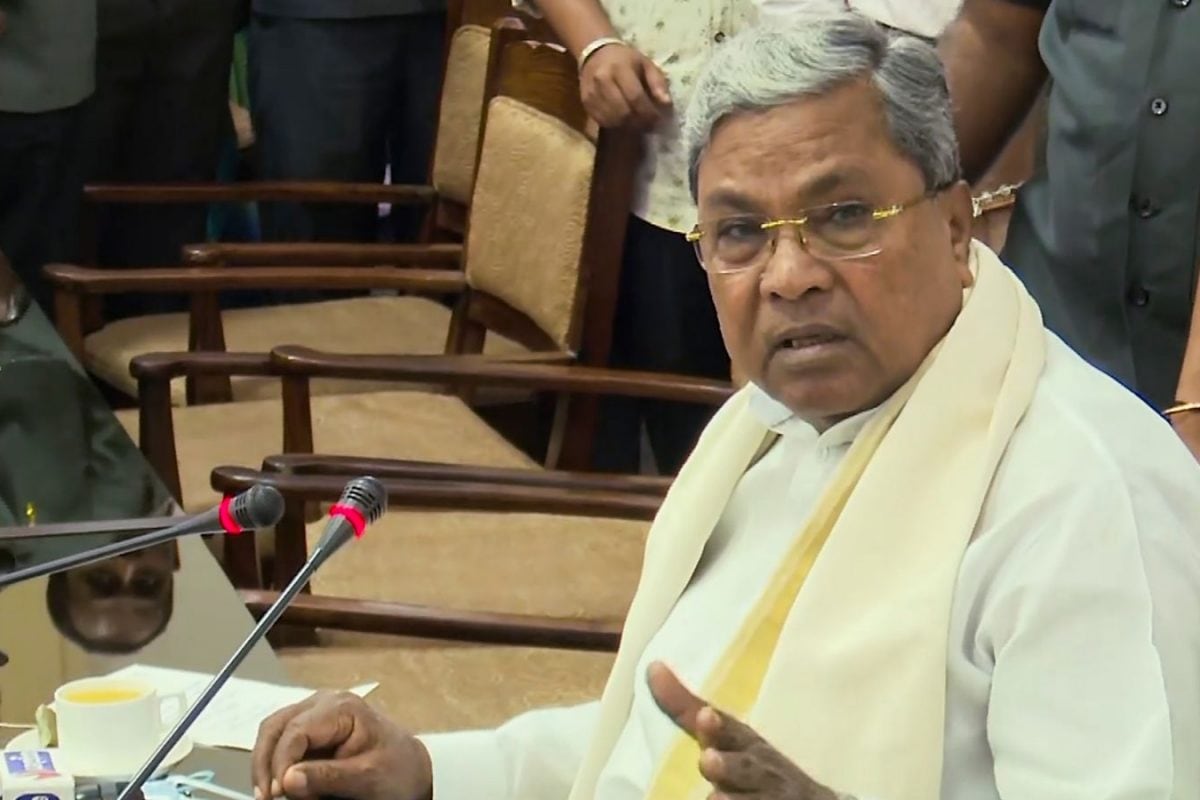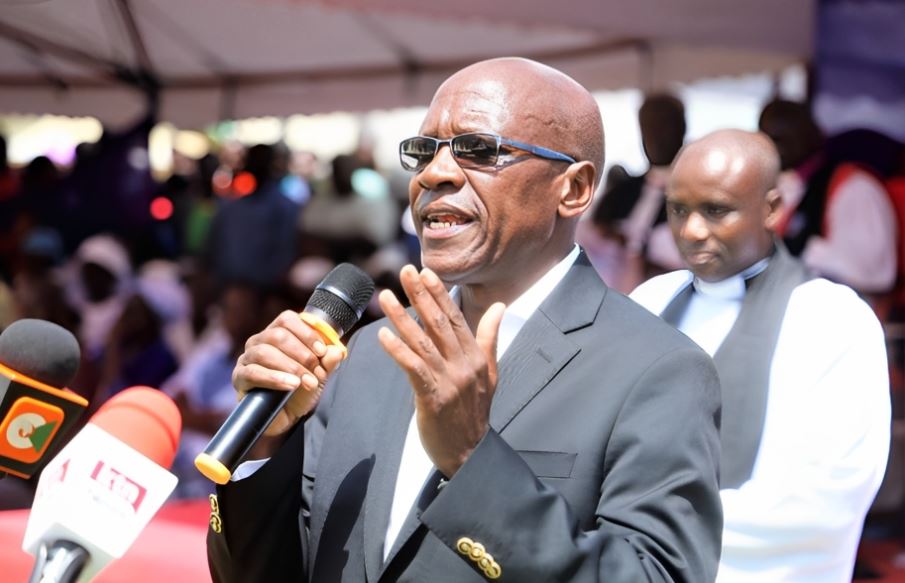
The unveiling of the Cholistan Canal under the Green Pakistan Initiative has thrust Pakistan’s perennial water crisis back into the fray. Promising to irrigate 452,000 acres of barren Cholistan desert with 4,120 cusecs drawn from the Sulemanki Barrage, this project dangles the tantalising prospect of agricultural rebirth. Yet, it has ignited a firestorm, particularly in Sindh, where the provincial assembly has rejected not just this canal but also a trio of languishing projects like the Greater Thal Canal, Kachhi Canal, and Chashma Right Bank Canal.
For critics, the Cholistan Canal isn’t a harbinger of progress but a flare threatening to set ablaze the brittle ties between provinces. So, should we charge ahead with new canals, or are we just reshuffling a shrinking deck? The 1991 Water Accord was meant to steer us through this morass, a blueprint for sharing Pakistan’s water lifeline. Punjab, in its Kharif 37.

07 MAF, has 1.87 million acre-feet (MAF) as a share for the Greater Thal Canal. Balochistan’s share rose from 1.
87 MAF to 3.87 MAF, with the Kachhi Canal meant to deliver this share. Khyber Pakhtunkhwa’s allocation climbed from 3.
06 MAF to 5.58 MAF, depending primarily on the Chashma Right Bank Canal Lift System. These plans aimed to bring to life arid lands, yet decades on, they remain far from being completed, their promised fields still parched.
More damningly, Clause 6, where all parties “admitted and recognised” the pressing need for new storages on the Indus and beyond to fuel future growth, sits unfulfilled. Reservoirs could have swelled our reserves, a bulwark against scarcity. Instead, we are bickering over a diminishing pool, existing dams having lost about a third of their storage capacity to silting.
The new Cholistan Canal threatens to widen those cracks. World Bank Group BoD okays $300m IDA loan for Punjab Clean Air Programme Provincial Allocations of 1991 Water Appropriation Accord Nowhere are these stakes higher than in South-Eastern Punjab, once a rich princely state and the most prosperous region of the newly established state of Pakistan. It was rich because a century ago, the Sutlej Valley Project, orchestrated by His Highness Sir Sadiq Muhammad Khan Abbasi, turned nearly two million acres of desolate scrub into a flourishing breadbasket.
The Nawab’s canal network, fed by the Sutlej River, didn’t just irrigate the land; it brought prosperity. When Pakistan emerged in 1947, Bahawalpur state stood as its richest region, its agricultural bounty bankrolling the fledgling nation’s first shaky steps. Wheat fields stretched to the horizon, cotton fuelled affluence, and towns and villages thrived, all watered by the Sutlej Valley Project’s intricate veins.
Then came the 1960 Indus Waters Treaty, and the Sutlej was bartered to India to secure the Western Rivers. SVP farmers’ livelihoods were pegged to the Balloki-Sulemanki Link Canal to make up for the loss of their river supplies. Today, chronic water shortages plague this once-prosperous region, and now the Cholistan Canal threatens them even further.
The proposed canal is poised to siphon 1.47 MAF from the same Sulemanki Barrage that sustains SVP farmers across Bahawalpur, Rahim Yar Khan, Bahawalnagar, Lodhran, Pakpattan, and Vehari. In dry years, this could spell ruin—a cruel twist for a land that once propped up a nation, now threatened by its remaining drops for untested desert plots.
Pakistan’s sesame seed exports to China surge by 180pc in early 2025 Sindh’s protests echo loudly on the streets and in parliament, and their downstream fears are valid. Reduced flows imperil crops and communities, a reality etched in their riverine-based lives. Yet, Sindh’s perceived fears stem more from apprehension than reality—it is SVP irrigators who will bear the impact.
With a higher per-acre allocation, the province bleeds water through neglected canals and watercourses, causing waterlogging in Upper Sindh, while sea intrusion devours the delta. Sindh can mitigate its perceived losses with smarter stewardship by repairing and lining its canals, curbing waste, and expediting long-lingering drainage projects like LBOD and RBOD. Protests rally the masses, but proper management of the infrastructure and pragmatism would make more water available than any sloganeering.
The Sutlej Valley farmers, however, face a sharper reckoning. The Indus Water Treaty took away their river, a loss they bore with resilience, clinging to the Balloki-Sulemanki Link Canal substitute. Now, the Cholistan Canal’s 4,120 cusecs of Punjab’s share, seemingly small in number but seismic in impact, endangers that fragile thread.
Designing a canal on floodwaters to fill the void is a gambler’s hope; without new storages, it just isn’t feasible. Punjab must carve up what’s left. Expanding the canal network is a hollow boast without more water to course through it.
When rains fail, it’s the SVP irrigators who will watch their fields wither, their legacy reduced to dust. Honda Atlas Cars celebrates start of its first-ever export of CBU units from country Pakistan’s water crisis won’t bow to more trenches in the same tired puddle. The 1991 Accord wasn’t just a ledger of shares; it dared to see beyond.
Clause 6 called for reservoirs along the Indus and other rivers, a vision to store water from snowmelt, glaciers, and monsoons for the inevitable dry spells. This wasn’t whimsical; it was a clause of foresight, a lifeline for a growing nation. Yet, that promise lies buried under inaction.
The projects for new reservoirs have been delayed for too long due to political deadlocks. Meanwhile, the Greater Thal, Kachhi, and Chashma canals, envisioned long ago, are still incomplete, taunting the very idea of new projects like Cholistan. Before we dig anew, let’s honour what we pledged.
Finish the stalled canals that provinces have awaited for decades. More pressingly, build the reservoirs we have sidelined before we embark on ambitious projects. We need dams and catchments to swell our reserves, easing the squeeze on every farmer.
Without them, each new canal will add to the problem of scarcity rather than solving it. The Cholistan Canal might coax green from sand, but it risks browning the fields that have long fed us. True progress doesn’t pit one region against another; it lifts the whole nation.
Farmers advised to remove weak and extra plants from sunflower crops For South Punjab’s enduring farmers, this isn’t a policy squabble—it is their breaking point. Bahawalpur state’s riches once steadied Pakistan’s infancy, a testament to the SVP’s genius. Now, its heirs grapple with shortages that mock their storied past.
The Cholistan Canal threatens to cut deeper, a final blow to a region that’s given so much. Sindh’s protests fill the newspapers and airwaves, and rightly so, but the quiet anguish of SVP irrigators demands equal weight. If anyone should be heard, it’s these cultivators—hands weathered by toil, eyes fixed on a horizon that offers little rain.
New canals might paint part of the Cholistan desert green, but at what cost to the existing fertile lands? Let’s build with vision, not just ambition, lest we trade a rich heritage for a parched tomorrow. Cars sale up by 44.62pc, production 41.
62pc in 8 months Mohsin Leghari The writer is a former Senator, MPA, MNA, and former Minister of Irrigation Punjab.















